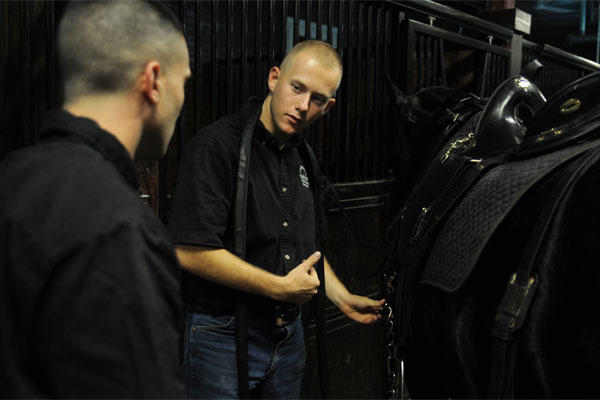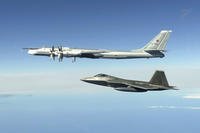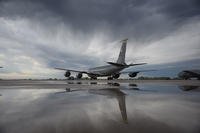ARLINGTON, Va. – For many soldiers, serving in the 3rd U.S. Infantry Regiment (The Old Guard) is an opportunity to experience and perform missions that are truly unique.
Many of these opportunities can be found within the regiment’s specialty platoons, such as the U.S. Army Drill Team and the U.S. Army Caisson Platoon.
Often, soldiers will come into these units with little to no experience in the required skills. That’s why each of these platoons has very specific training programs to turn these soldiers into experts at what they do.
“We are always looking for [soldiers] that show good initiative and discipline to join our platoon,” said Sgt. Drew Hilliard, Caisson Platoon’s basic horsemanship course noncommissioned officer in charge. “No matter what platoon you are in, the preparation and guidance you’re given allows you to grow and learn skills.”
The Caisson Platoon has the solemn mission of conveying fallen soldiers to their final resting place in Arlington National Cemetery. For soldiers with no horseback riding experience, training is critical.
“Everyone struggles at first, but if they push themselves then any mission is possible,” Hilliard said. “It is my job to help them be the best caisson soldiers they can be. I get to help other soldiers appreciate the unit and caisson because of what we represent.”
Spc. Dmitry Malkov went into his training with the Caisson Platoon with no previous experience in his new skill set. During the training, Malkov learned how to perform ground work, gear maintenance, horse care and riding. Now he’s an instructor in the nine-week-long course.
“If you would have told me about two years ago that I was going to join the Army and go to a unit where I could train and take care of horses, I would have said that you were a little crazy,” said Malkov, who hails from the Ukraine. “I used to be a little worried around all these large animals, but I quickly learned that they are no more dangerous to me than I am to them.”
With a less-solemn task, but no less rigid standards of performance, the Drill Team also tailors its training to meet the needs of the team and its newest members. Tasked with showcasing the U.S. Army at home and abroad, the team must know its routines and techniques inside-out and be able to perform them flawlessly in front of huge crowds.
Sgt. Mychael Begaye, an infantryman with no prior training in rifle drilling, related how he found the instruction.
“The training was great, not only because it covers the basic fundamentals to be successful, but it also has great practices that I can apply in other areas of my career and in life,” Begaye said.
“Basic rifle manual teaches us discipline on and off the front stage,” he added. “Some of the routines require you to use muscles that have never been used before. I learned how to overcome challenges mentally and physically, and now I am a better soldier because of it.”
With the team’s high-flying aerial displays of bayonet-tipped 1903 Springfield rifles, there are very small margins for error. Begaye said the most important aspect for these soldiers is the pursuit of perfection.
“Each move requires the highest amount of focus for us to be successful,” he said. “I was a little nervous with the rifle at first because I have never done anything like it, but I learned to just take control of it and execute the maneuvers. Even though it can be very dangerous, we train enough that many possible injuries are prevented.”
With his newfound confidence, Begaye has set even bigger goals for himself.
“One of my goals now is to perform in front of thousands of people and showcase the Army,” Begaye said. “This team travels the world to show how disciplined, tough and trained we are.”
Having overcome their own obstacles to earn positions in The Old Guard’s specialty platoons, Hillard and Begaye said they are grateful they took that chance.
“Having the opportunity to do a job not found anywhere [else] in the Army is really fortunate for the soldiers of this unit,” Begaye said. “All of these different platoons can be found in one unit, and only one percent of the Army does what we are able to learn and do.”





























